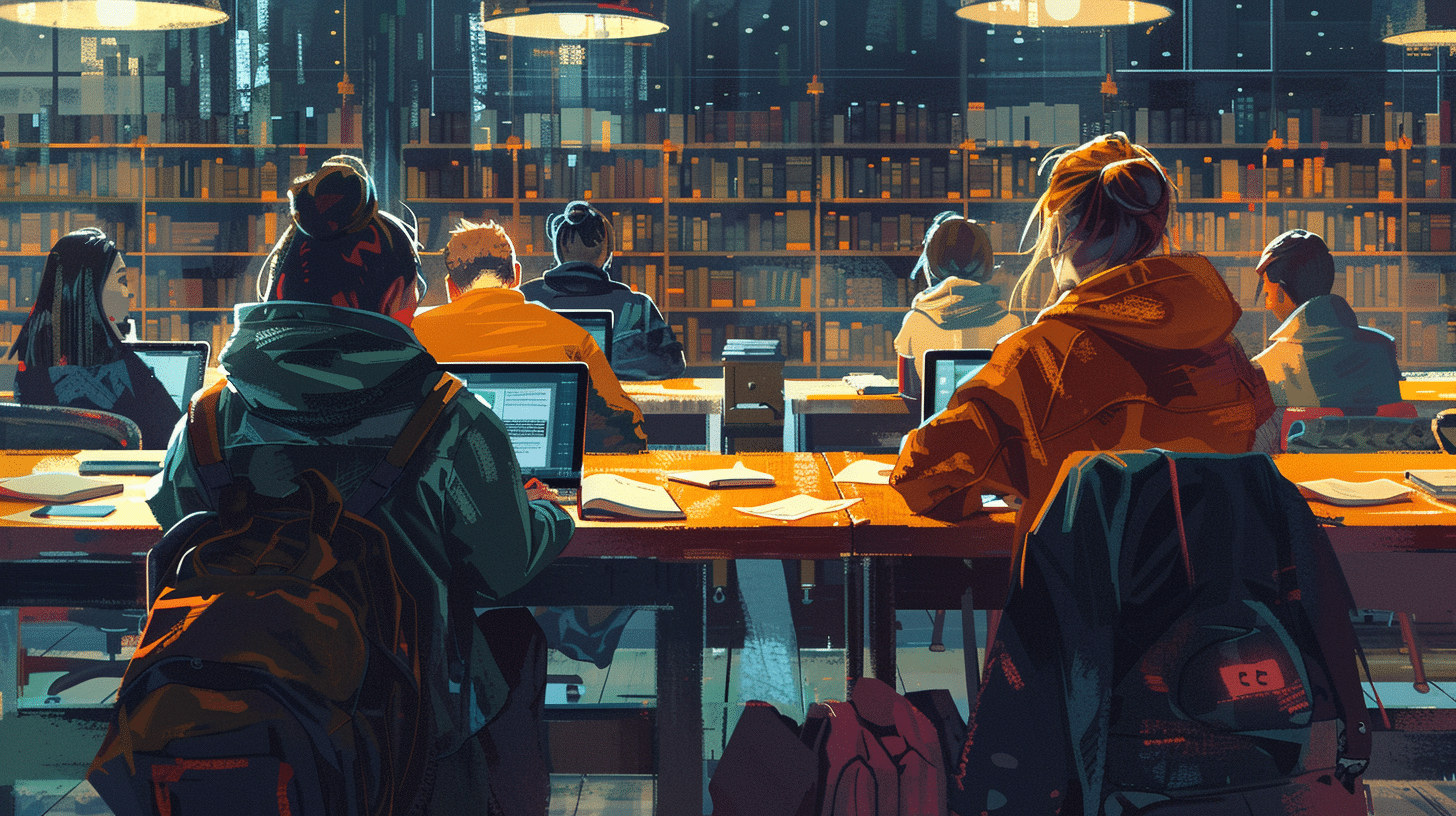Education in Mexico is a fundamental aspect that has seen various reforms and changes over the years. The Mexican government plays a significant role in ensuring that educational services are accessible to all. The system is structured into several key stages: preschool, primary school, secondary school, and higher education.
Preschool Education: This initial stage caters to children aged three to six years. It is not mandatory but is provided free in public schools.
Primary Education: Lasting for six years, primary education is compulsory for children aged six to twelve. This phase lays the foundational skills in literacy, numeracy, and other basic subjects.
Secondary Education: Also compulsory, this stage is divided into two parts – ‘Secundaria’, which is the lower secondary school for three years, and ‘Preparatoria’ or ‘Bachillerato’, the upper secondary education that lasts for three years.
Higher Education: Post-secondary education includes universities, technological institutes, and polytechnics. Public universities like the National Autonomous University of Mexico (UNAM) are highly esteemed internationally.
Challenges in the Mexican Education System
Despite the progress, the education system in Mexico faces several challenges that affect the quality and accessibility of learning.
Quality of Education: The quality of education in public schools is often questioned. Insufficient funding, inadequate teacher training, and large class sizes contribute to lower educational outcomes.
Dropout Rates: Economic factors force many students, especially in rural areas, to drop out of school to support their families financially.
Technological Access: With the digital age, there is a growing gap between students who have access to technology and those who do not. This disparity affects the learning opportunities for many students, particularly in remote areas.
Curriculum Relevance: The educational content sometimes does not align well with the current market needs, leaving graduates unprepared for the workforce.
Technological Integration in Learning
Technology plays a crucial role in transforming educational landscapes. In Mexico, efforts are being made to integrate technology into the educational framework to enhance learning experiences.
E-learning Platforms: Various online platforms have been developed to provide educational resources and virtual classes to students at all levels.
Interactive Learning Tools: Interactive tools such as educational apps and multimedia content are being utilized to engage students more effectively and enhance their understanding of complex subjects.
Teacher Training in ICT: To effectively integrate technology in classrooms, teachers are being trained in Information and Communication Technology (ICT) to improve their teaching methods and administrative skills.
Government Initiatives for Educational Improvement
The Mexican government has launched several initiatives aimed at enhancing the quality and accessibility of education across the country.
Educational Reform: Recent reforms aim at overhauling the curriculum, improving teacher evaluations, and increasing school autonomy to enhance decision-making at the local level.
Scholarship Programs: Programs like ‘Becas para Todos’ (Scholarships for All) aim to provide financial assistance to students from low-income families, ensuring that economic barriers do not hinder a child’s educational journey.
Infrastructure Development: Significant investments have been made to build new schools, particularly in underprivileged areas, and to refurbish old school facilities with modern amenities.
Special Education Programs: These programs focus on inclusivity, providing tailored educational support to students with disabilities, ensuring that all children have access to quality education.
Cultural Influence on Learning in Mexico
Culture profoundly influences the educational environment in Mexico, reflecting the country’s rich history and diversity.
Language and Education: While Spanish is the primary medium of instruction, indigenous languages are also embraced in the educational system to preserve the cultural heritage.
Community Involvement: Local communities often participate actively in school activities, which strengthens the relationship between educational institutions and their environments.
Folklore and Traditions: Schools incorporate local folklore and traditions into their curriculum to foster cultural pride and awareness among students.
Art and Music: These are integral parts of the Mexican education system, with many schools offering specialized programs in visual arts, music, and dance.
Looking Towards the Future
The future of learning in Mexico looks promising with continuous improvements and innovations. The focus remains on overcoming existing challenges while leveraging technology and governmental support to provide equitable and quality education for all. The commitment to reforming and enriching the educational landscape signifies a hopeful trajectory for the nation’s academic environment and its future generations.






